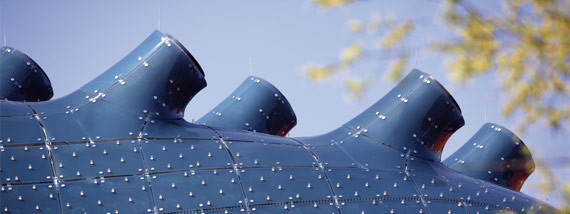Young Researchers' MinisymposiumYR Me3 Computational mechanics of electro-active synthetic and biological materials The phrase “electro-active”' refers to a broad class of materials that either actively responds to an electric field by undergoing remarkable deformations or intrinsically generates an electric activity upon an external mechanical stimulation. In recent years, there has been a tremendous interest in functional materials such as electro-active-polymers, piezoelectrics, ferroelectrics. The synthetically manufactured electro-active materials have a wide spectrum of applications that cover high-tech devices, bio-medical products, artificial muscles, to mention a few. Shape of the man-made electro-active products can be chosen practically arbitrarily; and more importantly, their properties can be tailored to meet a wide range of requirements. The optimum design and successful manufacture of these electro-active materials invariably necessitate accompanying quantitative computational analyses of the products that commonly possess complex geometries and exhibit dissipative response. In particular, viscous effects or electric polarizations result in hysteresis phenomena at large strains and rotations. Obviously, electro-active materials are not restricted to man-made products like electro-active polymers, but also cover a wide range of bio-materials such as heart muscle. The computational modeling of electro-active biological tissue plays a key role in guiding patient-specific therapies such as surgical operations, novel stem cell-based treatments of infarcted cardiac tissue when the experimental techniques fall short. Advances in computational modeling of these seemingly distinct classes of materials can, of course, mutually and positively influence each other towards the development of artificial organs and design of bio-inspired functionally-optimized high-tech devices. |

© 2010 TU-Graz, Website by phongjim.com




